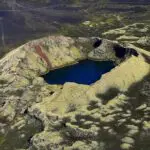So, licorice in Iceland. Everyone who has seen Icelandic candy will quickly realize we love putting licorice into everything. And if it isn’t licorice, it is a tyrkisk peber, a salmiak type of candy.
But why do Icelanders love licorice so much? We don’t really know; we just love it—especially chocolate-covered licorice.
Our love of licorice is fairly new. We certainly do not grow the licorice root here in Iceland, despite what some sources of Google might want you to believe. And without innovative British people in Yorkshire, our candy would look completely different.
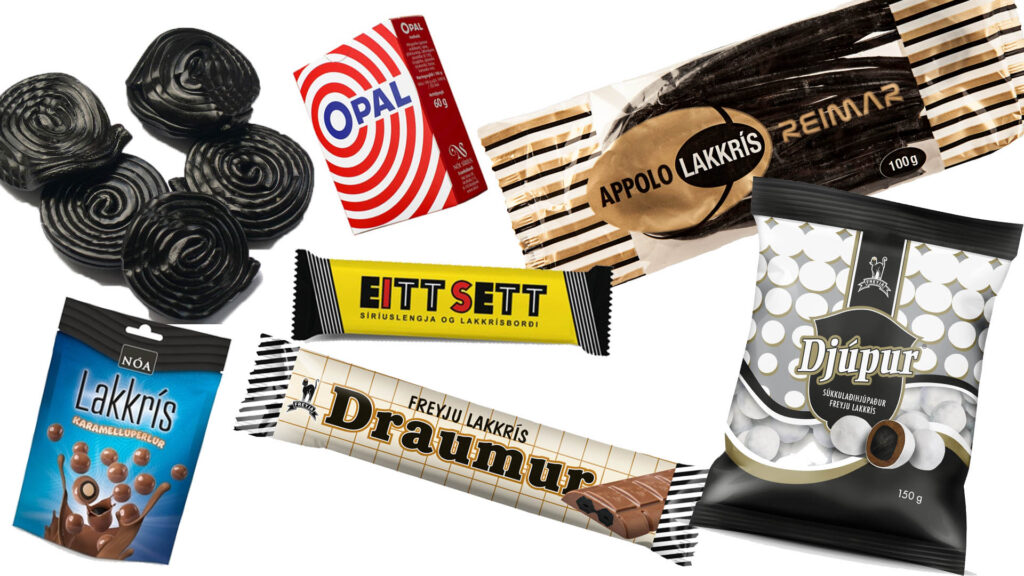
Is licorice root grown in Iceland?
The licorice root comes from the Glycyrrhiza glabra, initially grown in Southern Europe, Western Asia, and Northern Africa. So, in much warmer climates than Iceland.
We have sweet chervil growing wild in Iceland that has an anise flavor. It was imported to Iceland some time ago. Still, like licorice, this plant didn’t grow in Iceland in the earlier days of Iceland’s settlement.
The Icelandic word for licorice, lakkrís, is derived from Danish (lakrids) and has been in the language since the 18th century.
When did Icelanders start eating licorice?
In the US, anise is usually used as a flavoring agent in anything with a licorice flavor. Actual licorice is hard to find as a flavoring agent. However, in Europe, it is all the rage.
Licorice has been used medicinally for centuries in Europe; it is also used in traditional Chinese medicine.
Here in Iceland, you can buy “apothecary licorice,” which is hard, like hard candies, in pharmacies. In some cases, doctors would even prescribe people to eat licorice. Research shows that licorice has some medicinal properties and is suitable as a cough placatory. However, those who have high blood pressure should avoid eating much of it, even in candy form. Or skip it altogether.
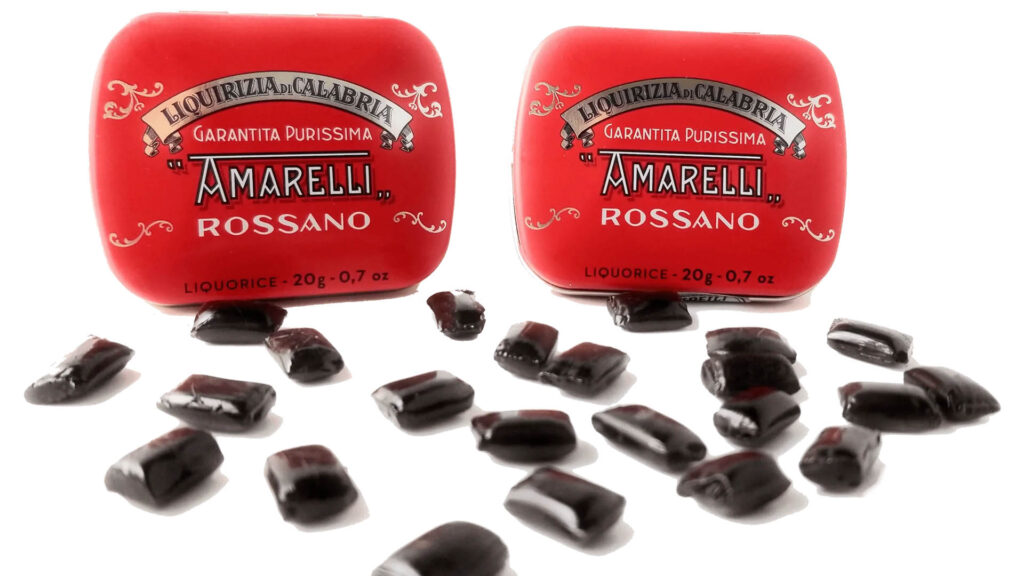
The oldest readily available sources tell us that Icelanders started importing licorice sold in pharmacies in the mid-19th century.
In a magazine published in the Westfjords, there was information on how to deal with cold where it was recommended to eat licorice to relieve symptoms of the common cold:
“You need to be careful and pay attention to severe and violent coughs, which is what most affects a person in bed. It is a good idea to try a foot bath in the evening, drink thin warm soups, eat licorice, roasted chicory, and honey, or even mix the yolk of an egg with ground sugar, ginger, and honey, and take one teaspoon of this in the evening.”
Shortly after the turn of the 20th century, stores started advertising licorice for sale in their stores – not just in pharmacies. But it seems that licorice quickly became very popular. It was still the hard kind.
Import numbers for 1866 show that 5 pounds of licorice were imported from Denmark; however, two years later, 10 pounds were imported.
Then in the 1910s, licorice became more popular, but there was an explosion in the 1920s. In 1924, almost a tonne of licorice was imported to Iceland, about 50/50 from Denmark and other countries. In 1925 the import had grown 100% and, now, 18000 kilograms were imported, mainly from Britain.
This makes sense as the British created licorice candy as we know it today by adding sugar. It was created in Pontefract in Yorkshire, England, in the 19th century.
Icelandic licorice
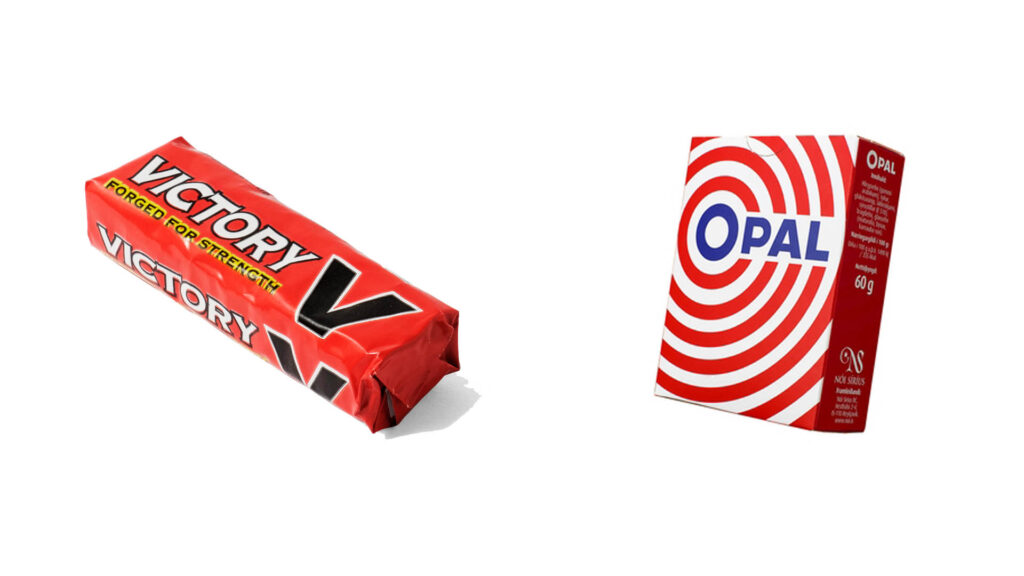
The first Icelandic licorice product was Opal in 1945. However, it was not manufactured as candy but as a medicinal product. Vicory-V tablets were very popular in Iceland, and Opal Confectionary (later bought by Nói Síríus) decided to make their version. Both red Opal and Victory-V had the same base ingredients. Opal was advertised as throat pastilles; today, it is considered candy.
The ingredients of Opal are the same as in 1945; the only difference is that today, it is possible to manufacture more at once.
Victory V is a British brand of licorice-flavoured lozenges. Production began in 1864 in Lancashire and was initially made by hand to ensure that each sweet contained the correct amount of therapeutic ingredients; ether, licorice and chloroform. The Opal factory also began manufacturing blue Opal shortly after the red one. One of the ingredients there was chloroform. In 2005 they had to stop manufacturing it because chloroform was banned as an ingredient, much to the chagrin of many. Victory V also does not have ether or chloroform anymore.
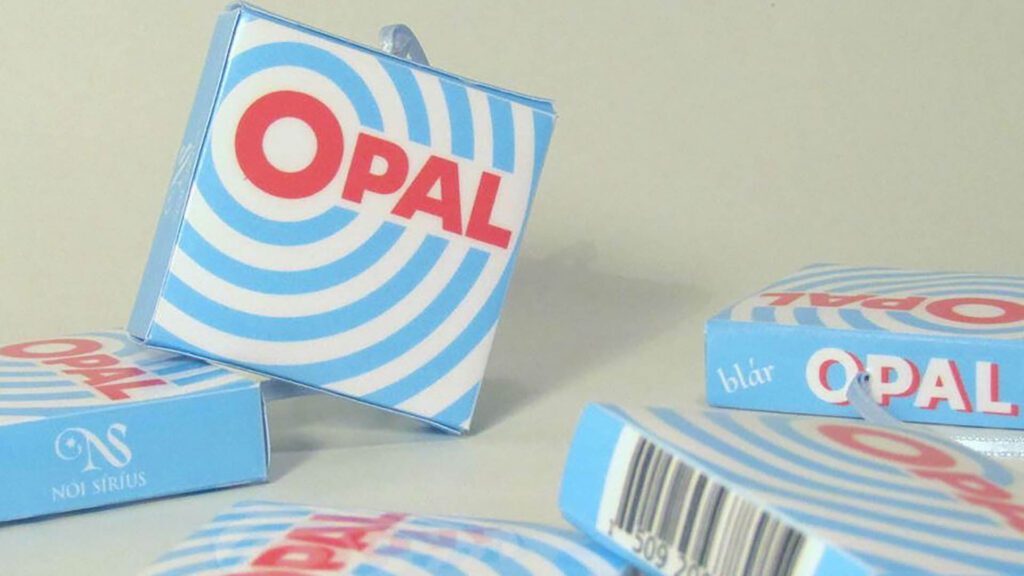
Chocolate-covered licorice
It wasn’t until 1962 that the first candy manufacturer that produced pure licorice products was founded. Sambó Kólus made the Icelandic licorice as we know it today.
Teenagers are famously innovative and quickly start buying Kólus licorice rolls and wrapping them around chocolate bars from Nói Siríus.
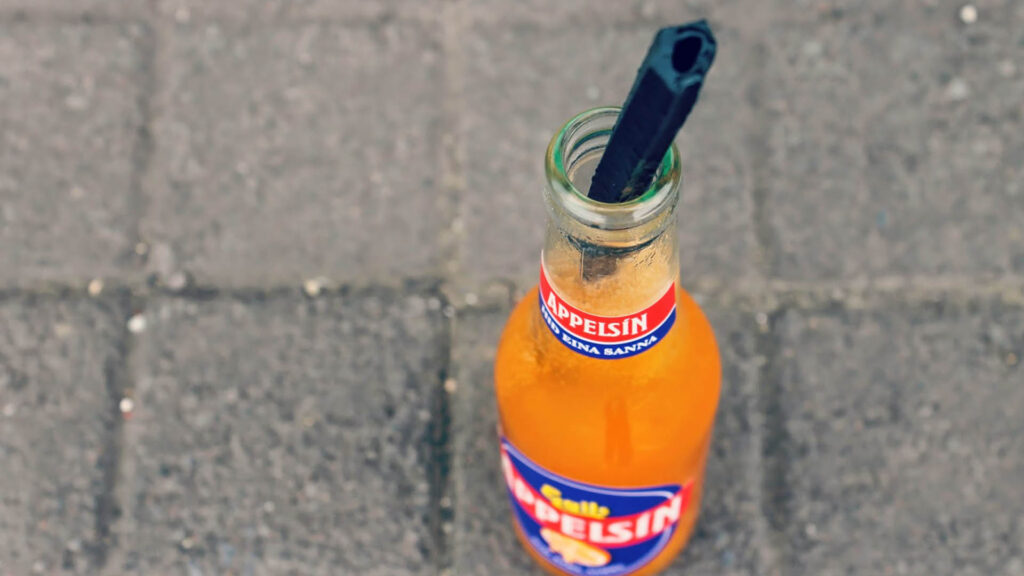
Teenagers also used their licorice straws to drink Appelsín, which is still done today.
Then in 1984, the chocolate factory Freyja released Draumur (Dream) onto the market. It was the first chocolate-covered licorice candy bar in Iceland – possibly the world. Draumur is milk chocolate poured over a licorice straw, similar to the one people used to drink their appelsín with.
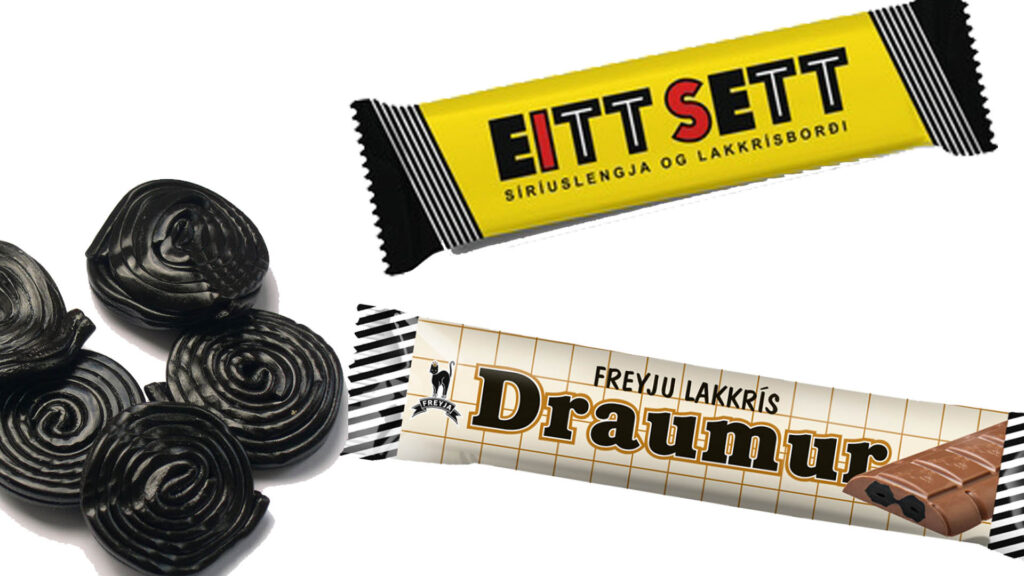
In the late 1980s, Nói Siríus brought “Eitt sett” (one pair) to the market. It was not chocolate-covered licorice but reminiscent of how teenagers had eaten licorice and chocolate together a couple of decades earlier. It was a simple milk chocolate bar and a piece of licorice, which you could eat together or separately.
Also, in the late 1980s, the licorice caramel from Freyja was released. The original creamy caramel had been on the market since 1918 when Freyja was established.
Since then, multiple licorice and chocolate-covered licorice product have been added to the market.
Pepper-covered chocolate-covered licorice
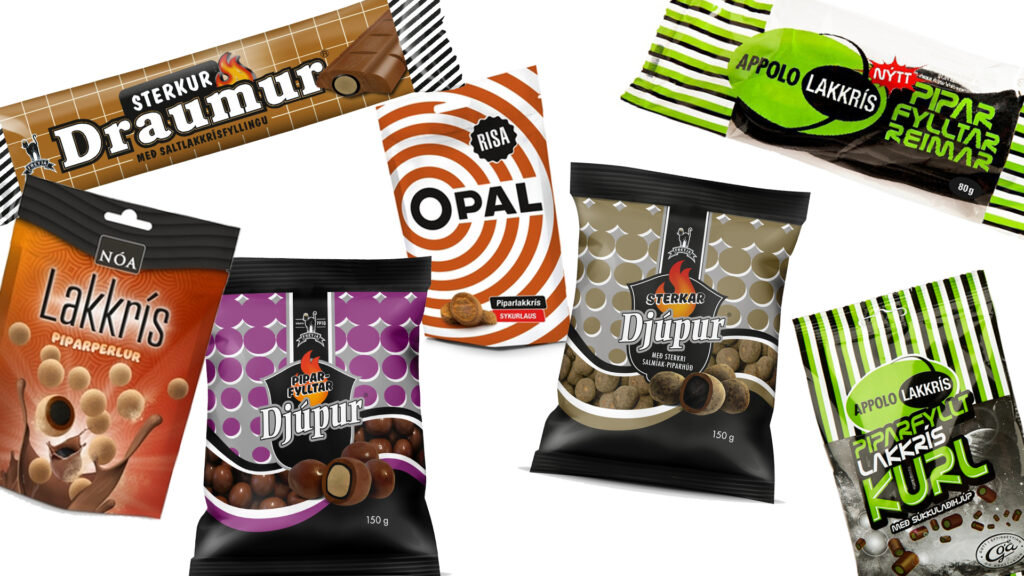
In recent years, a licorice powder fury took over the Icelandic candy market. It depends on the candy manufacturer if they use licorice powder or salmiak powder, similar to Tyrkisk peber.
Tyrkisk paper is a Danish salty salmiak candy often sold in powder form. The Icelandic candy-makers do not use the actual Tyrkisk pepper in their candy but just “licorice powder,” but it is a similar product.
Some of the pepper candy varieties are:
- Pepper opal (basically licorice-covered licorice)
- Pipardjúpur (pepper covered chocolate covered licorice)
- Pepper nóa Kropp (pepper covered chocolate covered cornballs)
- Licorice strips filled with licorice (filled initially with marzipan)
Scandinavian Salmiak
The Icelandic licorice is not the same as the Scandinavian Salmiak licorice. The main difference is that salmiak has minimal licorice root and relies on aniseed and ammoniac chloride for its taste. That doesn’t mean salmiak licorice isn’t used in Iceland.
So, how do you like Icelandic licorice? Do you think Icelanders have gone a bit overboard with licorice? If you miss Icelandic licorice candy or want to try some out, you can buy it at nammi.is
Please signup HERE for our newsletter for more fun facts and information about Iceland!








